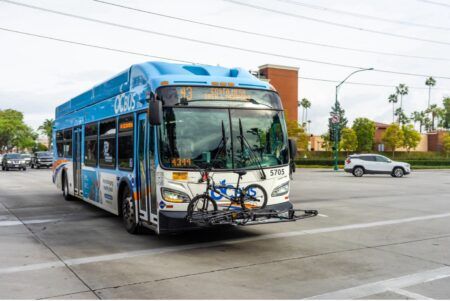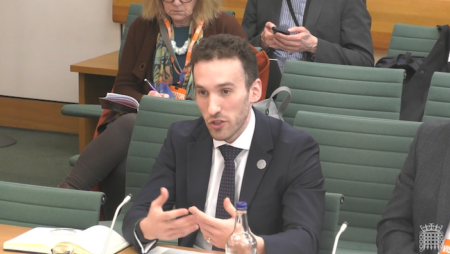Transport for London (TfL) has started a three-month trial to identify the best method of automatically counting passengers on its buses, with several techniques being assessed to see which captures data in real-time with the greatest accuracy.
The testing program will help TfL better understand bus usage patterns and the captured data could be used to improve services, provide better real-time travel information, and help prioritize transportation investment across London – all while being cheaper and more reliable than current manual counts.
TfL already uses a range of data, such as aggregated and anonymized Oyster and contactless payment data and manual paper surveys, to understand how customers travel across London. Manual paper surveys can provide some detail on how full a bus is, but this information takes time to process and cannot be instantly accessed. Traditional paper surveys are also expensive and can only provide a snapshot of bus usage on the day of survey.
TfL says a better understanding of how full London’s buses are could mean:
• Customers are provided with improved real-time information for better journey planning and information such the available accessible space;
• More effective management of the bus network, helping to ensure any unplanned diversions minimize passenger disruption;
• Better bus planning and forecasting for the future, including allowing buses to better support London’s growth.
The trial will run on seven buses and will assess the following automatic counting techniques:
• Cameras aimed across the bus floor observing the footsteps of passengers getting on and off the bus;
• Real-time analysis of existing safety camera footage;
• Sensors over each door of the bus;
• Analysis of the changes to the buses’ weight and air pressure;
• Use of anonymized wi-fi/Bluetooth connection data.
•
All wi-fi data collected during the trial will be automatically depersonalized at the point of collection. Buses trialling the CCTV, sensors or wi-fi techniques will display posters to ensure passengers are aware of the trial.
“Technology is transforming our lives and creating huge potential to improve how we use and operate public transport. This short trial is an exciting opportunity to make it easier for everyone to use buses in London,” explained Simon Reed, head of surface technology and data at TfL.
“We use a range of methods, such as ticketing data and manual paper surveys, to understand how customers travel across London, but we cannot measure in real-time the number of people on a given bus. We hope this trial will show us the best way to identify real-time bus usage, which in turn could help us plan our network better, run it more effectively, and greatly enhance live customer information.”
Steve Chambers, public transportation campaigner at the Campaign for Better Transport, commented, “It is really good to see the latest bus technology being trialled in London, with the potential to allow passengers to make informed choices about their journeys based on how busy each upcoming bus will be. Disabled passengers who require the accessible space could have the most to gain from the deployment of enhanced passenger information following the successful conclusion of this trial.”




